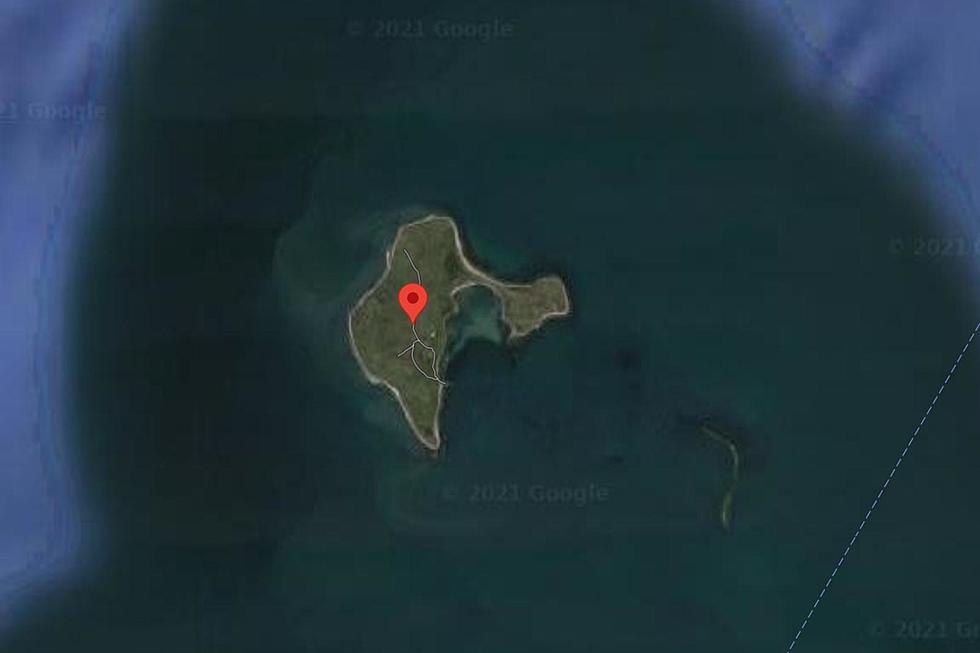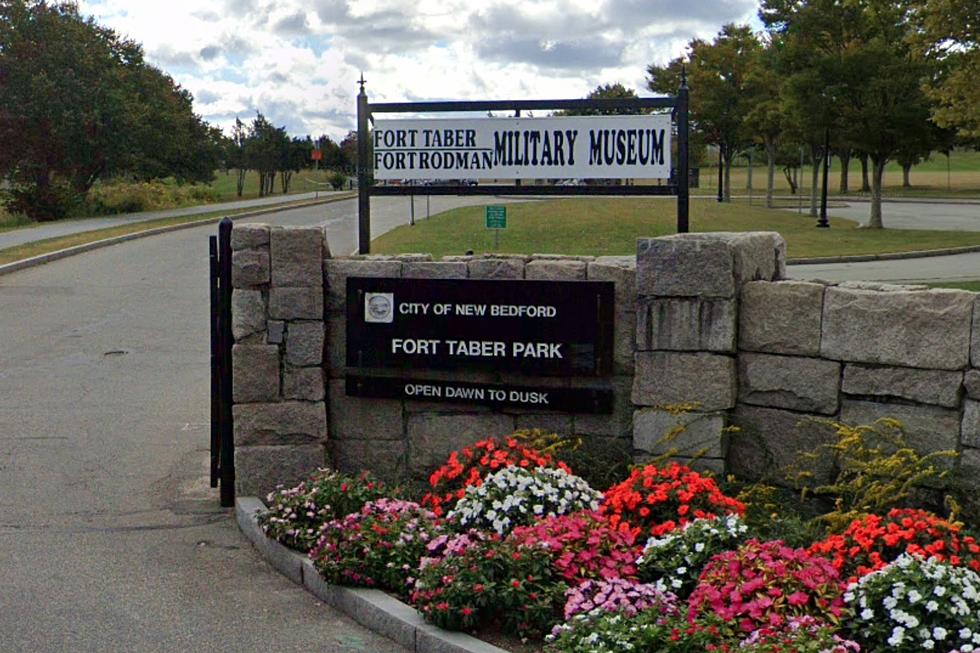
Penikese Island Is a Gem to New Bedford
The Elizabeth Islands are a chain of unspoiled, small islands that sit off the north coast of Martha's Vineyard and separate it from Buzzard's Bay. In total there are 13 islands, the main ones being Naushon, Nonamesset, Pasque, Nashawena, Gull, Cuttyhunk and Penikese, the one with the most spellbinding history of all of them.
From 1905-1922, Penikese was home to New England's only "leprosarium," a colony set up to isolate people with leprosy, or Hansen's disease. Leprosy is no longer something to fear because it's treatable. Today, the disease is rare in the United States, with only about 225,000 cases worldwide, but in the early 1900s, Penikese was chosen because the citizens of Massachusetts were frightened by the disease and its stigma, and forced the state to place lepers as far away and isolated as possible.
The sloop "Keepsake" brought the first five people with leprosy to the island: Jose Roderiquez, Goon S. Dub, Frank Pina, Mary Barros, and Yee Toy. The New Bedford newspaper Republican Standard wrote about how the five were taken to the Philadelphia & Reading Coal Wharf with a very curious crowd clambering to gawk and get a glimpse. Twenty days after arriving, Mary Barros gave birth to a healthy baby that was taken away from her shortly thereafter.

One of the more noted residents was 16-year-old Archie Thomas, who arrived in 1912, with his widowed but healthy mother who chose to go into isolation with her only child. The story touched the hearts of people worldwide. Archie was a very bright boy, with an interest in physics and electricity. He received the gift of a two-way radio from the New Bedford Women's Society. He gave the residents of Penikese their only contact to what was happening in the country, from the Marconi News Service. Sadly, Archie Thomas died in 1915, and with his passing, the news that kept the people of Penikese connected also went the way of all flesh.
The first physician resigned after two years, when he couldn't tolerate living in such seclusion. In his place came the most extraordinary couple, Dr. Frank and Marion Parker. He had a very successful practice in Malden, while his wife had been prominent in social and charitable circles. These two miracle workers transformed daily life for the patients. Dr. Parker went to considerable lengths to see that the patients received whatever they needed to add quality to their lives, including special foods and personal comforts. Dr. Frank and Marion Parker are two of the most unsung and unacknowledged good Samaritans of the era.
In 1922, the patients were relocated to a federal hospital in Louisiana. The Commonwealth put Penikese up for sale, but hysteria about the contagion was so strong that no buyers were to be found, so the state decided to raze the buildings and make the island into a bird sanctuary. Penikese was also home to a 19th century research facility that was the precursor to the famed Marine Biological Laboratory (MLB) in Woods Hole, also a residential school for special - needs juvenile boys, and as a place of safety for people recovering from addiction.
Penikese is an exceptionally interesting island, more so than the other isles in the Elizabethan chain. Now you'll have a story or two to tell everyone as you pass by Penikese on your way to the Vineyard.
LOOK: Here are the best lake towns to live in
More From WBSM-AM/AM 1420









